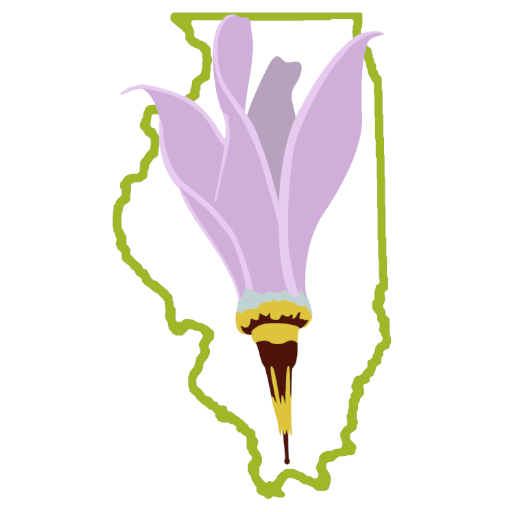Use this form to submit your grant application and supporting materials.
Be certain to name the grant application as “First_Last_2020_Survey_Grant_Application”, where “First” and “Last” are replaced with your first and last name.
Use this form to submit your grant application and supporting materials.
Be certain to name the grant application as “First_Last_2020_Survey_Grant_Application”, where “First” and “Last” are replaced with your first and last name.

Illinois Native Plant Society
PO Box 9245
Springfield, IL 62791
© 2025 Illinois Native Plant Society